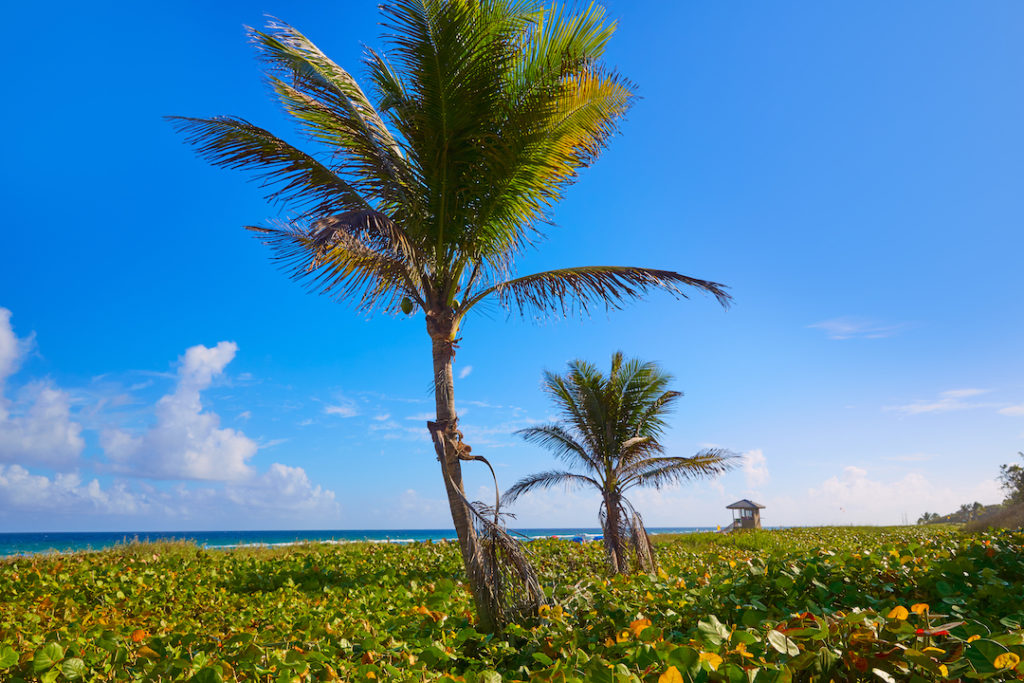
The Wakodahatchee Wetlands National Wildlife Refuge lies in Delray Beach, Florida. It is part of the National Park System. The wetland is located on the east bank of the Wakodahatchee River. The area offers an abundance of wildlife and beautiful scenery.
The park is established on fifty acres of unused private property and has been redesigned as a multi-use recreational wetlands open to the public.
It is surrounded by the Wakodahatchee River and encompasses three counties: Miami-Dade County, Broward County, and Palm Beach County.
Delray Beach State Park
The main attraction is the Delray Beach State Park. Located on a peninsula about six miles from downtown Miami, it is one of the most beautiful natural sites in Florida.
Delray Beach State Park is one of the most popular tourist destinations in the country. It is one of only two parks in the entire state recognized as a World Heritage Site by the U.S. Commission on International and Trans-regional Commitments. It includes the Florida Keys National Marine Sanctuary, the Gulf Coast National Seashore, and the Florida Bird Sanctuary.
Birds Galore
Along with the beach, the area has a lot of other nature sites. It is home to numerous species of birds like the black-necked stilts, Royal Terns, Black-winged swallows, Kingfish, Crows, and Grey-anksy.
It is also an excellent location for bird watching enthusiasts as the annual Birding Guide Public Forums is held every August. In addition, Miami-Dade County owns the Miami-Dade National Wildlife Refuge and the Miami-Dade Lake Miami-Dade Wildlife Sanctuary.
University of Miami
One of the best things about the Wetland refuge is that it is managed by the University of Miami. Although the university does not have a department devoted to it, they do sponsor a large wildlife conservation project called the Wild Air Program.
The group’s focus is helping people understand and preserve the habitat for various wildlife species that call the refuge home. They do this by operating the restoration project, which has restored over eighty percent of the lands to its original condition.
How You Can Help
Because Wakodahatchee Wetland habitat has suffered so greatly from over-exploitation and other threats, there are a few things that you can do to make sure that the animals stay healthy. You can help by reducing your trash, keeping fertilizer and pesticide runoff out of the area, and planting cover crops.
You can also help by joining local groups that work to restore the land. Don’t be afraid to join in! You never know when someone else will be looking for some help. And don’t forget that preserving the wetland is an important part of preserving the wildlife that call it home.